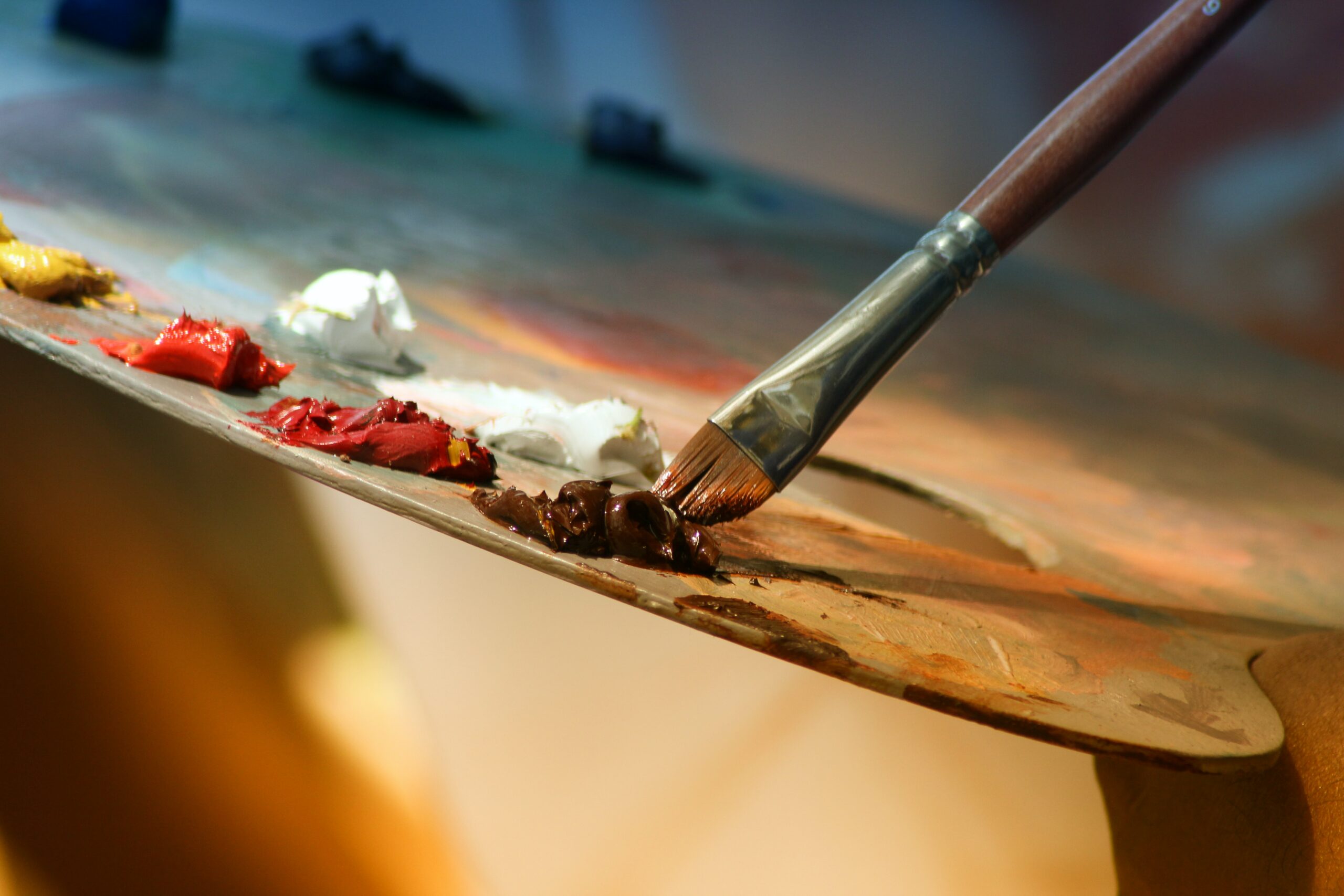This article has been meticulously crafted by Sue Ann Bowling, an esteemed writer from Essay-Reviews. With a profound passion for art and extensive experience in criticism, Sue Ann recognizes the […]
The Result of Our Art Clients
Where to Start Drawing: 3 Methods for Beginners
This is the hardest part. You have a brilliant idea in your head, you see exactly what you want to achieve, you have a feeling that you know how to […]
Painting and excitement
Painting, like any other art form, is a slice of its time, a way to preserve the flavor of an era for centuries, to convey the spirit of a moment, […]
Hire a Resume Editor: How They Can Help You Perfect Your Resume
Editing and writing are different; some might be better writers, and vice versa. They require different skill sets; for editing, it’s more critical that you master problem-solving, advanced language knowledge, […]
5 Famous Artists with No Art Education
Without diminishing the importance of professional training, and taking into account the hard work and self-education of the following, we leave here a list of five famous artists who in […]
Is it history yet? The Guggenheim Museum accepted the donation of Cattelan’s scandalous banana
“The Comedian” is a work by the artist Maurizio Cattelan. The assemblage (a painting or collage with three-dimensional objects) is a banana taped to the wall. The sculpture, as the […]
Early and Obscure Paintings by Vincent Van Gogh
The Dutch post-impressionist Vincent van Gogh (1853-1890) is today almost the most famous artist in the history of painting. His image and work are regularly quoted in popular culture, and […]
Films about Famous Artists
A few fresh film biographies from the previous three years. The list also includes a ten-part series, a great rarity on this topic in the quality series industry. “Work Without […]
The Very First Paintings of Famous Artists
Such famous artists as Michelangelo, Picasso, and Monet began their creative journey in childhood. Moreover, many of them created their first famous paintings before they were thirty years old. Pablo […]
Five Simple Tips to Offend an Artist
…and give away someone who doesn’t understand painting. “Cool painting, just like a photograph!” A painting is not a photograph. Painting depicts not only objects, but also attitudes, emotions, symbols, […]

















